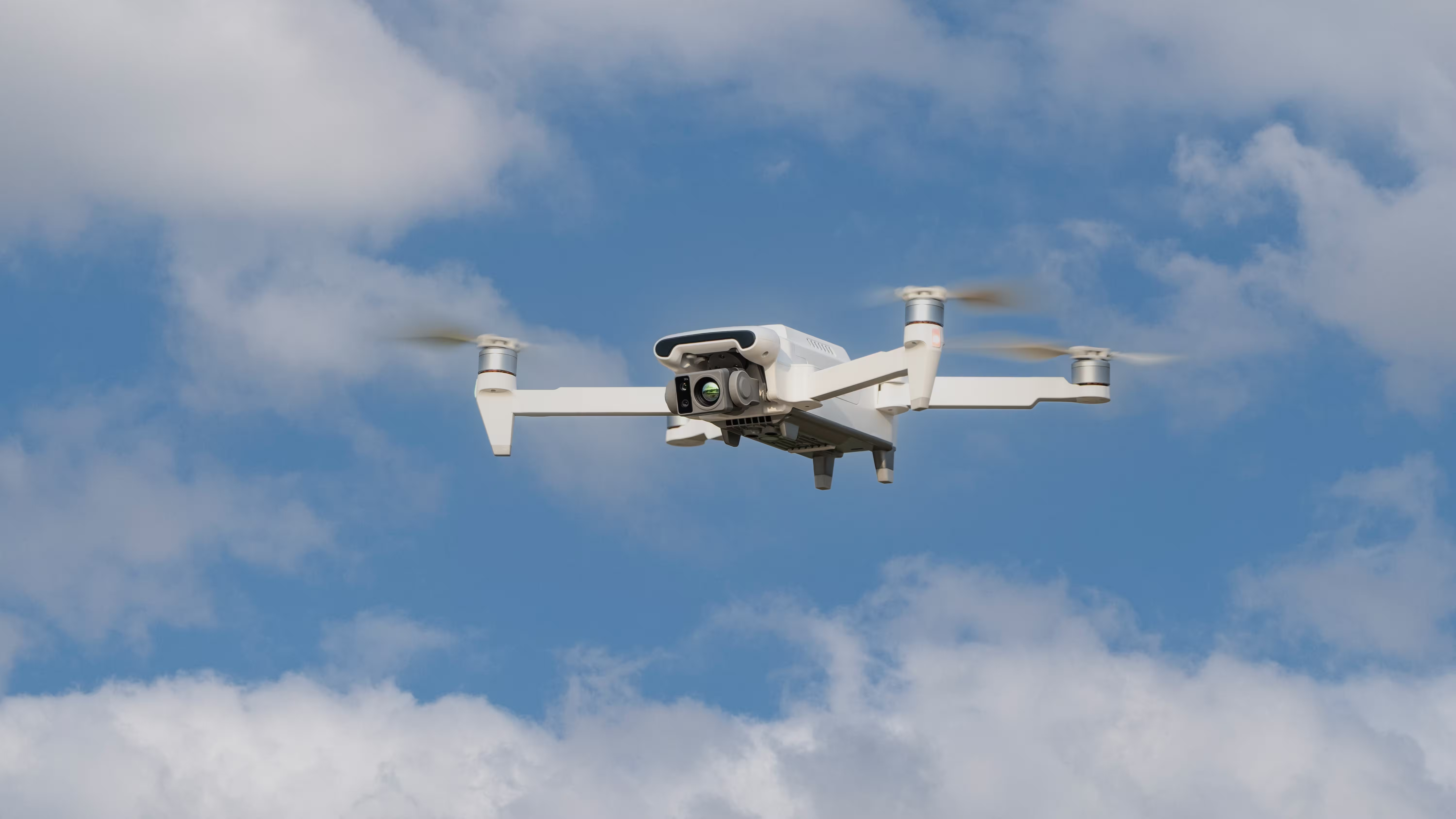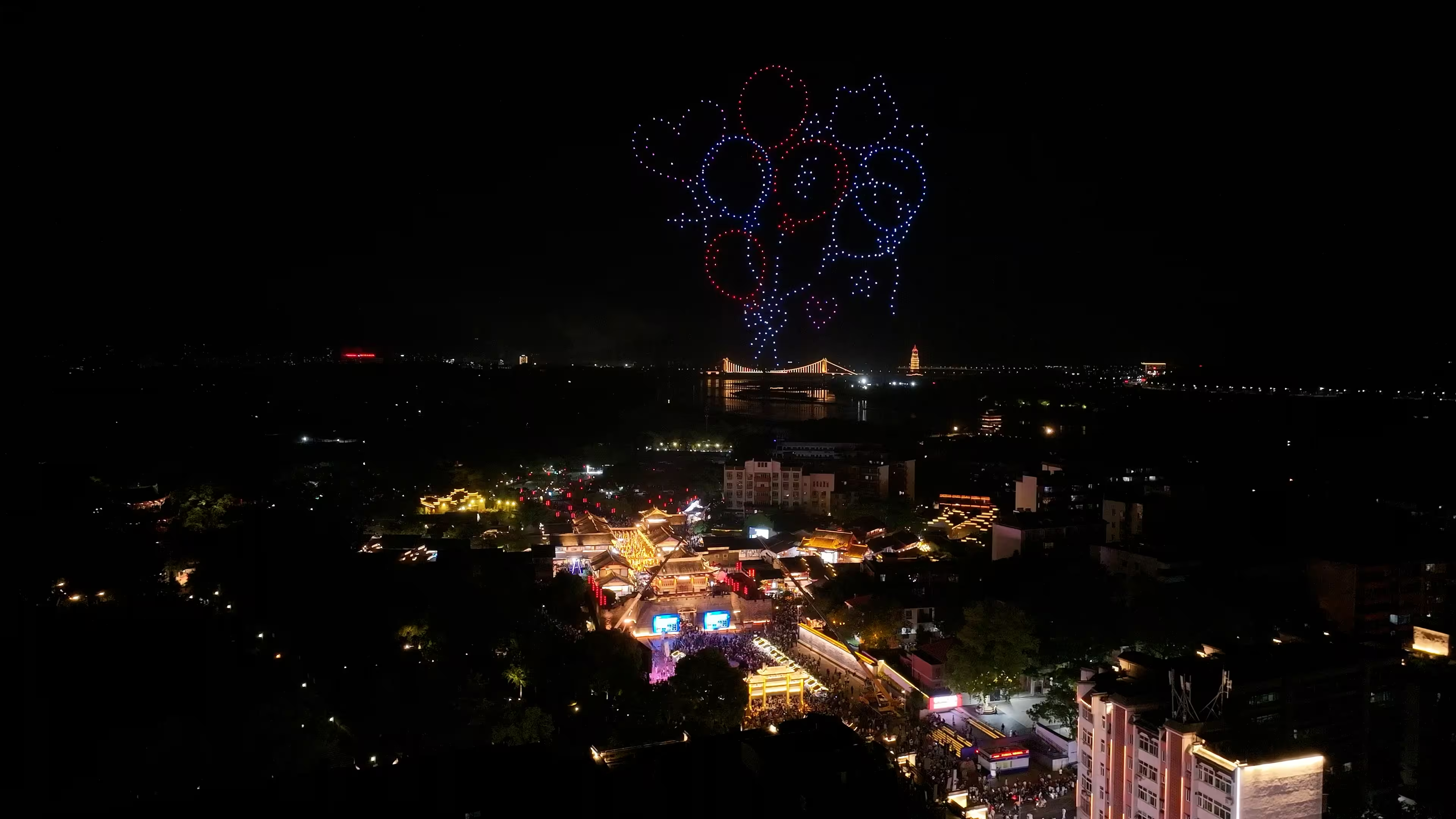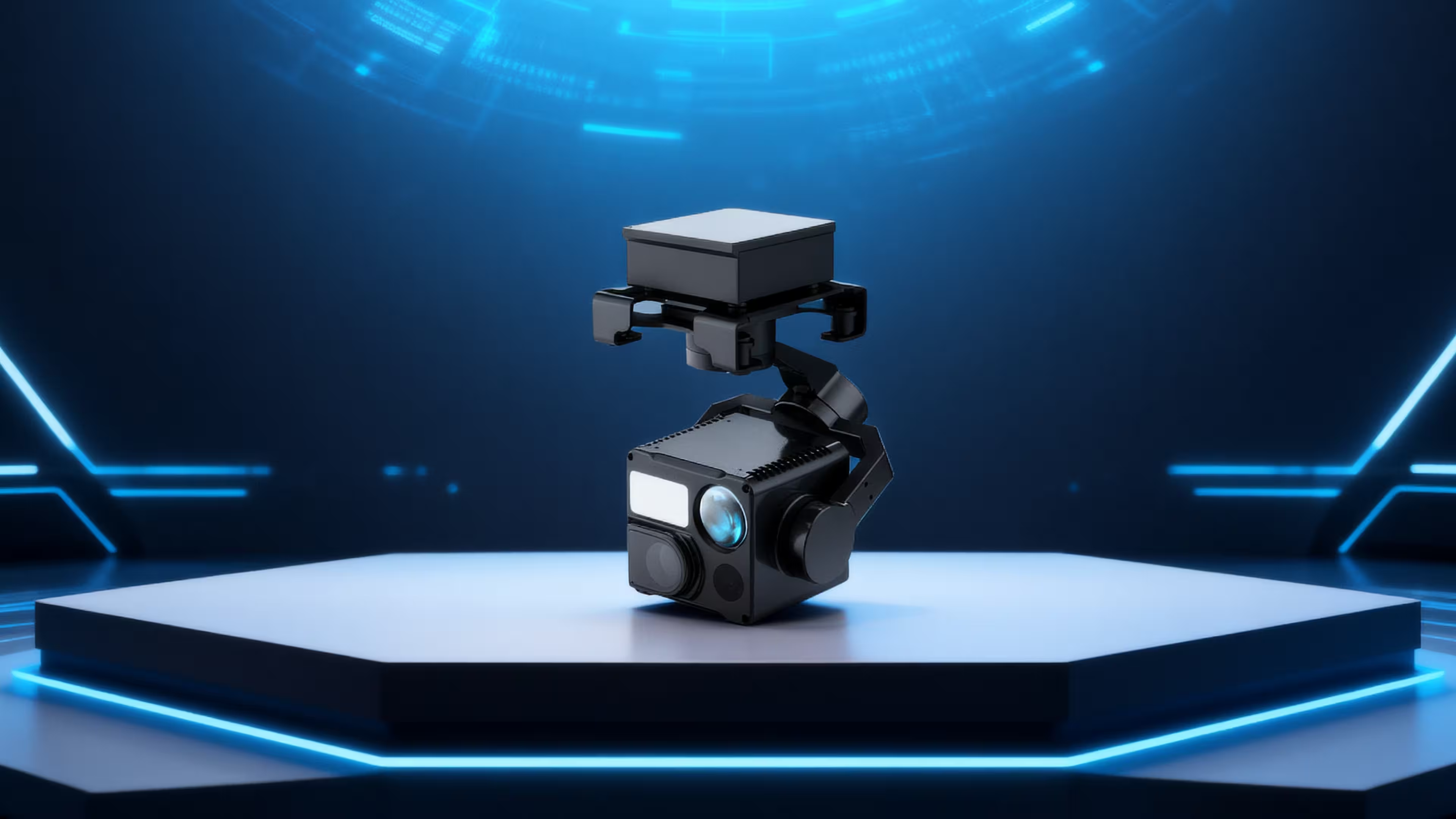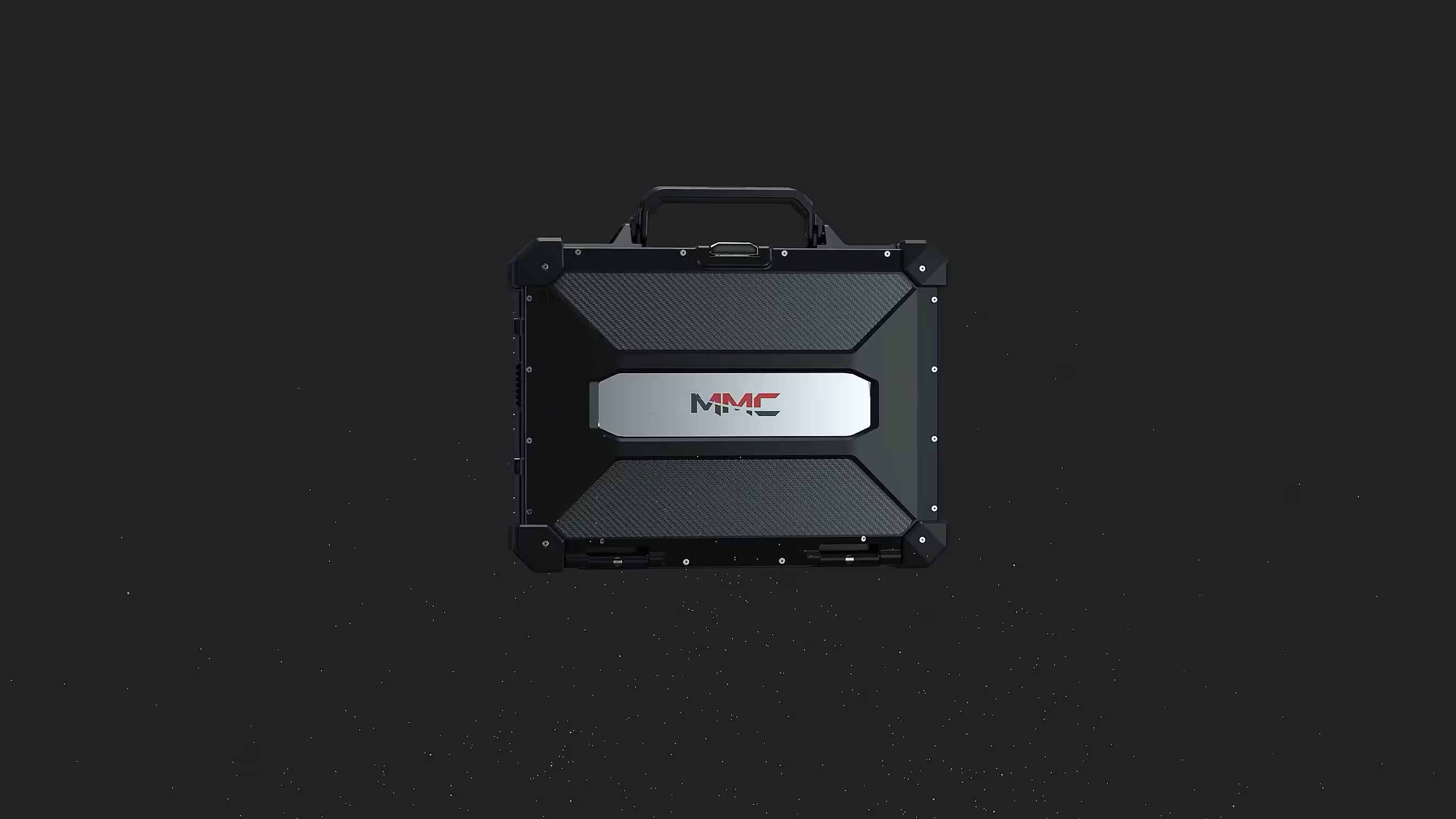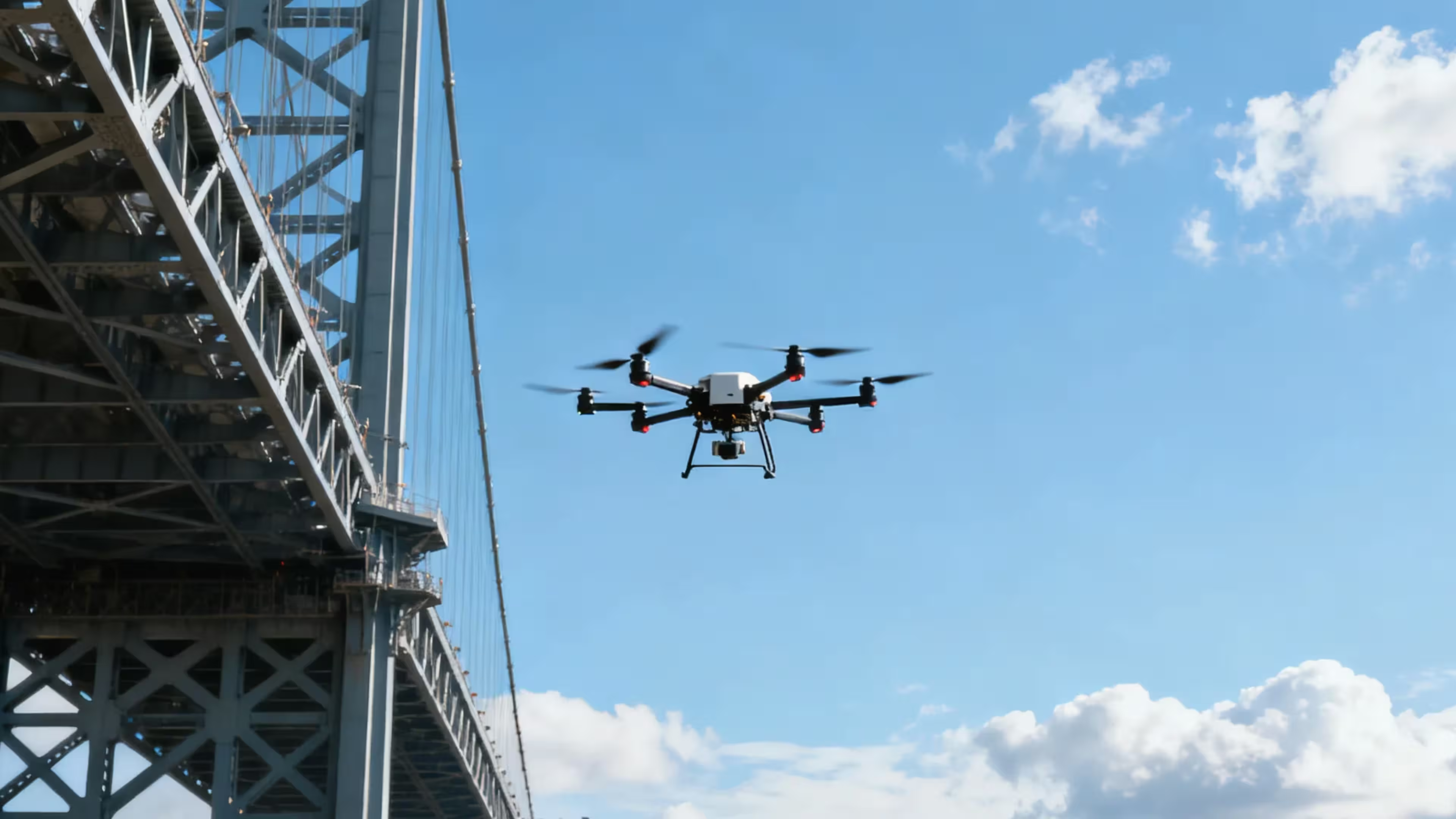
Drones are revolutionizing bridge safety inspections, offering a safer, faster, and more precise way to detect structural defects like cracks, corrosion, or weld damage. Unlike traditional methods that require workers to climb or use heavy equipment, unmanned aerial vehicles (UAVs) can access hard-to-reach areas under bridges or around steel structures. To effectively inspect bridges in diverse environments, such as urban rivers or windy valleys, drones must meet specific performance standards. Drawing from international guidelines like AASHTO and EN 1990, as well as real-world applications in projects like China’s high-speed rail bridges, this article explores the key capabilities drones need for bridge safety inspections.
Why Drones for Bridge Safety Inspections?
Bridges, whether spanning rivers or highways, face constant stress from weather, traffic, and aging, leading to defects that threaten safety. Manual inspections are risky, time-consuming, and often incomplete due to inaccessible areas. Drones provide:
- Accessibility: Reach bridge undersides, pillars, or cables without scaffolding.
- Efficiency: Inspect multiple points quickly, reducing traffic disruptions.
- Precision: Detect tiny cracks or corrosion with advanced sensors.
- Safety: Eliminate the need for workers in hazardous high-altitude zones.
To succeed, drones must combine robust flight performance with specialized sensors and safety features tailored to bridge environments.
1. Resilience in Challenging Environments
Bridges are often located in humid, windy areas near rivers or in urban settings, requiring drones with:
- Water and Corrosion Resistance: An IP45-IP54 rating to withstand rain, mist, and dust. Corrosion-resistant materials like aluminum alloy or composites endure humid riverine or coastal conditions.
- Wind Resistance: Operation in winds up to Level 5-7 (10-25 m/s or 22-56 mph) to maintain stability in gusty bridge locations.
- Temperature Tolerance: Functioning from -10°C to 50°C to handle cold winters or hot bridge surfaces.
For example, drones inspecting bridges over the Pearl River operate reliably in wet, windy conditions, ensuring consistent performance.
2. Precise and Agile Flight Capabilities
Inspecting bridges, which may span hundreds of meters or rise to 200 meters, demands agile and precise flight:
- Flight Endurance: 30-60 minutes per mission to cover multiple bridge sections, sufficient for inspecting a 100-500 m structure.
- Range and Altitude: Heights up to 200 m (with ±5 cm vertical accuracy) and a 1-3 kg payload capacity for advanced sensors. Short-range missions (500 m-10 km) suit localized inspections.
- Speed: Maximum speeds of 10-20 m/s (22-45 mph) and ascent speeds around 8 m/s for quick navigation around pillars or cables.
- Autonomous Flight: Beyond Visual Line of Sight (BVLOS) with centimeter-level RTK-GPS, electronic collision avoidance, and automated path planning to maneuver around steel beams or cables.
These capabilities allow drones to hover precisely near bridge components, as seen in inspections of high-speed rail bridges.
3. Advanced Sensors for Defect Detection
Identifying structural defects like cracks or corrosion requires high-precision sensors:
- High-Resolution Cameras: Visible light cameras with ≥20MP resolution and 40x zoom to capture surface cracks or rust. Thermal imaging (≥640×512 pixels) detects heat anomalies indicating subsurface damage like delamination.
- LIDAR: Generates 3D point clouds (accuracy ±2 cm) to map bridge structures and detect deformations or erosion.
- Ultrasonic Sensors: Non-destructive testing (NDT) to assess internal defects in welds or concrete.
- AI Recognition: Onboard AI to automatically identify and mark defects, reducing manual analysis time.
These sensors enable drones to spot millimeter-scale cracks, critical for ensuring bridge safety, as demonstrated in high-speed rail inspections.
4. Reliable Communication and Data Processing
Real-time data transmission is vital for coordinating with engineering teams:
- Communication Range: WIFI, 4G/5G, or short-range links supporting 500 m to 10 km for live video and sensor data.
- Data Processing: Edge AI for instant defect detection and cloud platforms for 3D modeling, defect classification, and GIS-integrated reporting.
- Secure Transmission: End-to-end encryption to protect sensitive structural data.
These systems allow engineers to receive real-time inspection results, enabling rapid assessment of bridge conditions.
5. Safety and System Integration
Navigating complex bridge structures, with steel beams, cables, or rotating maintenance platforms, requires robust safety features:
- Redundancy Systems: Dual sensors and three-propeller safe descent to prevent crashes during failures.
- Emergency Protocols: A six-level response system, including obstacle avoidance, weather pauses, and manual takeover, ensures safe operation.
- System Integration: Compatibility with bridge management systems for multi-drone coordination and automated flight paths around complex structures.
- Swarm Capabilities: Support for multiple drones inspecting different bridge sections simultaneously.
These features ensure safe navigation, as seen in inspections avoiding intricate steel frameworks.
6. Regulatory Compliance
Drones must adhere to aviation and safety regulations:
- Certifications: Compliance with FAA, EASA, or CAAC standards, including BVLOS permits for bridge inspections.
- Data Privacy: Adherence to GDPR or similar regulations to protect inspection data.
- Operational Permits: Coordination with aviation authorities to ensure legal flights in urban or riverine airspace.
Compliance ensures inspections meet regulatory standards for reliable reporting.
Real-World Impact
These capabilities enable drones to excel in:
- Defect Detection: High-resolution cameras identify tiny cracks on bridge pillars, as seen in China’s rail bridge inspections.
- Structural Mapping: LIDAR creates 3D models to assess erosion or deformation.
- Safety and Efficiency: Drones reduce inspection times from days to hours, minimizing risks to workers.
Why These Requirements Matter
Drones with these capabilities deliver:
- Precision: Detect minute defects to prevent structural failures.
- Efficiency: Inspect complex bridges quickly, reducing disruptions.
- Safety: Protect workers and equipment in hazardous settings.
- Compliance: Meet regulatory standards for accurate reporting.
As drone technology advances, expect enhanced sensors, smarter AI, and longer flight times, further improving bridge safety inspections. Drones are becoming indispensable tools for maintaining the integrity of our infrastructure, ensuring safer travel and transport.
